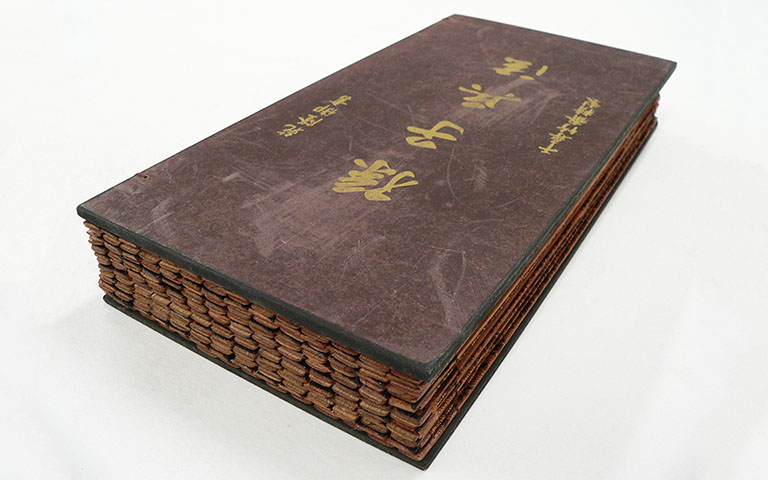Creative Presentations - Part 1.2

The creative presentation can sometimes feel like a duel of minds, a battlefield whereby both teams duke it out for total supremacy and control over the creative outcome. On one side you have the client, their commercial clout and shareholder value which must be defended at all times while on the opposing side, the agency team and their desire for creative supremacy to win the day.
Somewhere in the midst of all this are the creative ideas with the potential to solve the client’s issues and help achieve business objectives or, from the agency’s perspective, elevate the portfolio, win some metal and maybe secure that next promotion.
In the words of Sun Tsu “battles are won before the fighting begins”. Entering the presentation room with the right mindset determines whether you’re in for a fight for, or friendly exchange of, positive creative ideas. Setting the right tone from the get go helps you present ideas to a receptive audience and leave the room with clear direction and the passion to deliver the creative excellence that’ll serve all agendas.

Sun Tsu is the author of the book ‘The Art of War – a great read for those who prefer to win without fighting.
Battles are won before the fighting begins
Here are our three top tips for making your next creative presentation the best yet:
- After the pleasantries and introductions, gently remind all attendees that creativity is a collaborative process and the best ideas are going to come from all attendees building on the presented ideas rather than focussing on what doesn’t work, defending positions or worse, personal preferences
- Don’t defend your work, it’s more collaborative and powerful to ask critics to examine and explain their critique. To examine how they would collaborate to improve the idea. Review a critique point-by-point in as much detail as you can – go into every detail (type, colour, even the model’s eye shadow). Confirm you have understood all thoe points of consideration correctly, then gain agreement that, if you explored ideas in this direction all their concerns would be addressed. Most clients want to feel like they have control and the power to determine creative outcomes. Likewise, your creative team don’t want to be placed into a straight-jacket. Negotiating around the critique helps.
- Start the creative section by referencing the brand and creative strategy so you can clearly establish a direct link to the brief and resulting ideas and work. Show how each eventuated into the other. This helps your client know you have delivered ideas in service to their brand and their issues. That you done your homework. This referencing back to the brand’s strategy helps when you move any critical dialogue away from personal preference and back to their short and long-term objectives. The critique can be couched in strategic terms rather than personal preferences or worse, what the CEO’s daughter (who recently took a creative course) thinks of your team’s sure-to-be-award-winning work.
_
If you want to see Part 2.2, click here.
In the second part of this two part blog post we share our top 10 tops on how to structure and deliver a creative presentation that builds engagement and wins the day.

Sun Tsu’s The Art of War gives you valuable lessons in how to win without fighting – to be honest, this is useful in almost all creative presentations

